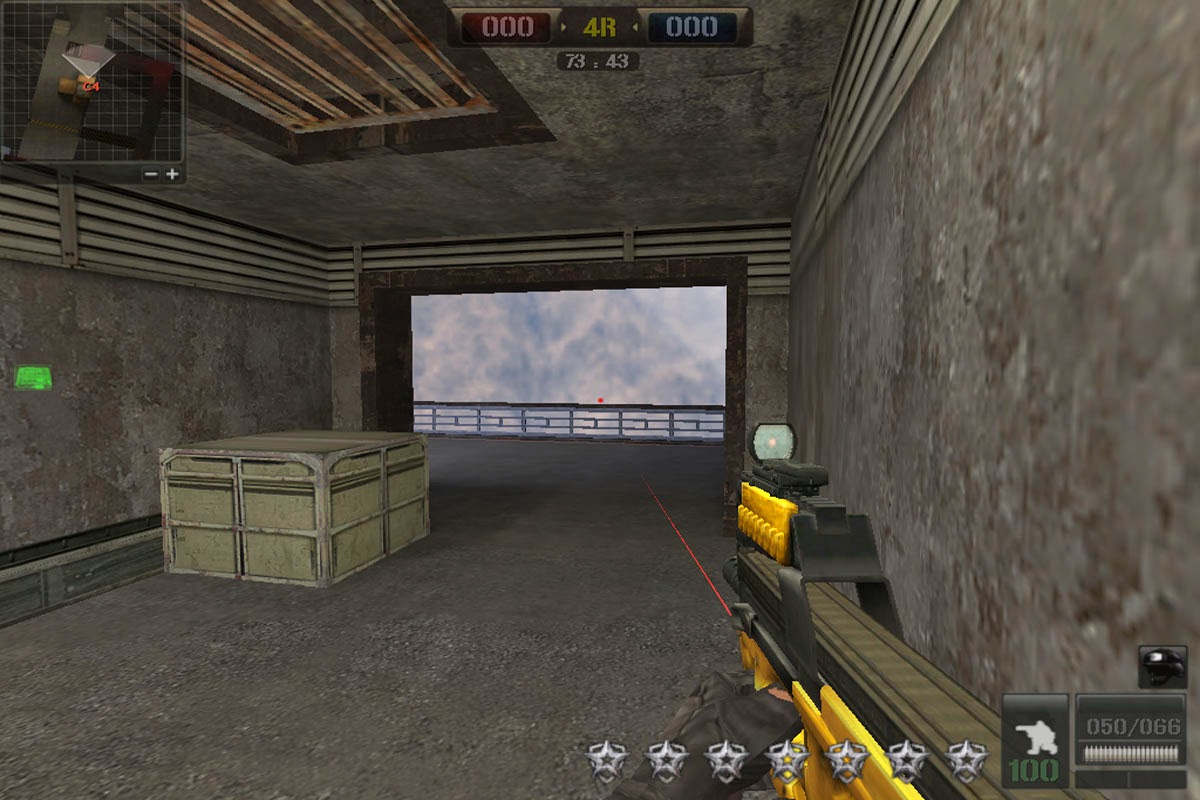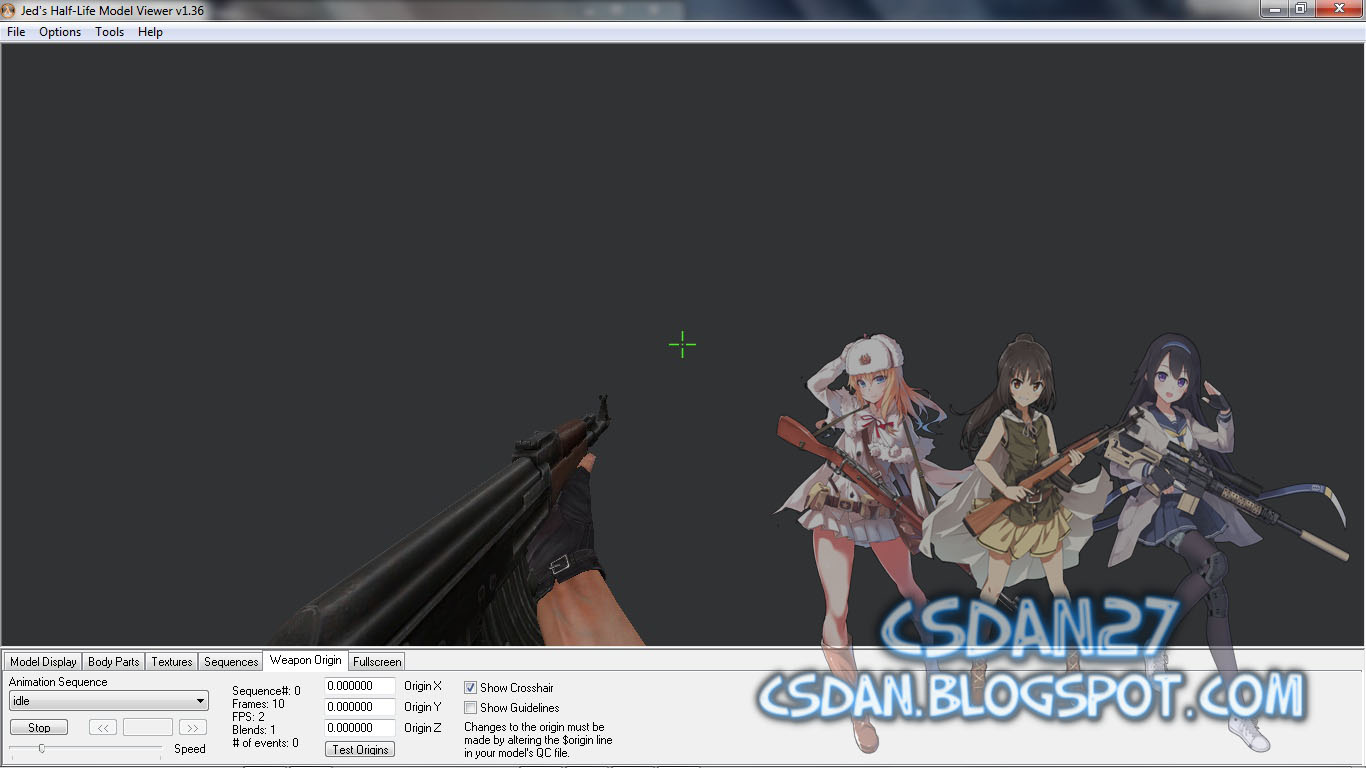

The San Andreas fault in California is a mature continental transform fault that accommodates a significant fraction of motion between the North American and Pacific plates. Interseismic strain accumulation and the earthquake potential on the southern San Andreas fault system.


In contrast, stress on the San Andreas north of Los Angeles dropped, potentially delaying the next great earthquake there by 2 to 10 years. Unless creep or moderate earthquakes relieve these stress changes, the next great earthquake on the southern San Andreas fault is likely to be advanced by one to two decades. Stress also increased on the San Jacinto fault near San Bernardino and on the San Andreas fault southeast of Palm Springs. The 28 June Landers earthquake brought the San Andreas fault significantly closer to failure near San Bernardino, a site that has not sustained a large shock since 1812. This variability increases the uncertainty of forecasting destructive earthquakes on the basis of past behavior and accentuates the need for a more fundamental knowledge of San Andreas fault dynamics.Ĭhange in failure stress on the southern san andreas fault system caused by the 1992 magnitude = 7.4 landers earthquake.

The discovery that at least 12 kilometers of the Mojave segment of the San Andreas fault ruptured in 1812, only 44 years before the great January 1857 rupture, demonstrates that intervals between large earthquakes on this part of the fault are highly variable. Paleoseismic data and historical information indicate that this event was the " San Juan Capistrano" earthquake of 8 December 1812, with a magnitude of 7.5. Old trees growing along the San Andreas fault near Wrightwood, California, record in their annual ring-width patterns the effects of a major earthquake in the fall or winter of 1812 to 1813. Irregular recurrence of large earthquakes along the san andreas fault: evidence from trees.


 0 kommentar(er)
0 kommentar(er)
